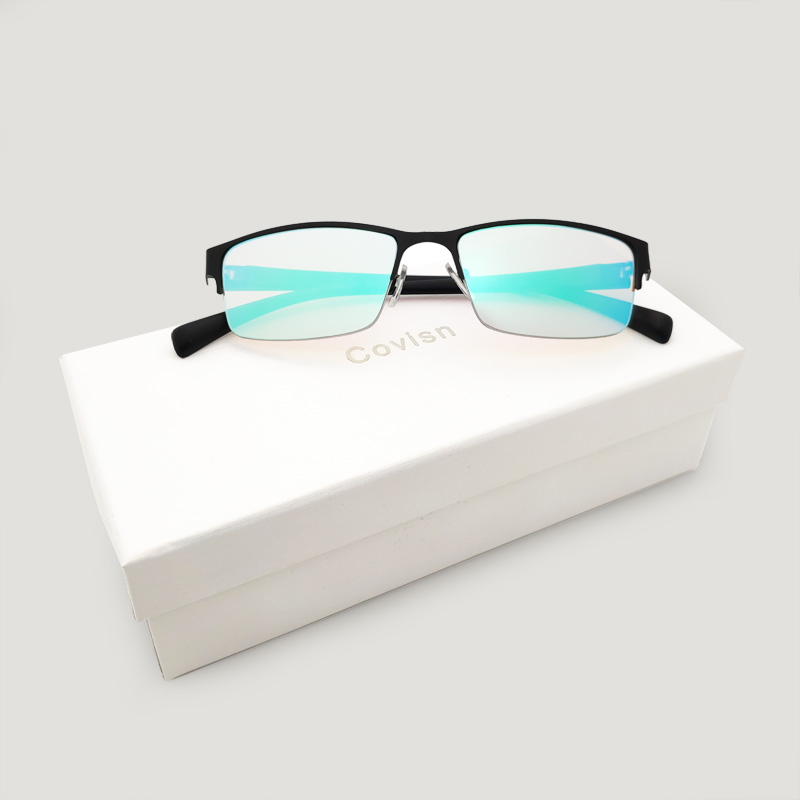It can be difficult to tell if you are colorblind until you have trouble with daily tasks or take a test. Colorblindness is most common in men, and it affects approximately 1 in 12 of them globally. While there are treatment options available for some types of color blindness, it’s still important to know how much they cost. In this article we’ll discuss the different types of colorblindness and what each requires treatment wise so that patients can get help more easily without breaking their bank accounts. We’ll also talk about other ways you might be able to see better on less money than buying glasses would cost!
Color blind glasses are a type of eyewear designed to correct vision problems associated with a colorblind diagnosis.
Color blind glasses are a type of eyewear designed to correct vision problems associated with a colorblind diagnosis. They use filters to allow the brain to process colors as they appear to people who are not colorblind.
The lenses work by filtering out certain light wavelengths, making it easier for you to distinguish between different shades of reds and greens, which are particularly difficult for those who have varying degrees of color blindness.
The most common types of colorblindness can be treated with special lenses that filter out specific hues; this helps your brain process colors as they appear normally (i.e., what you see from other people).
There are different types of color blindness, and different lenses can help with different forms of the condition.
There are different types of color blindness, and different lenses can help with different forms of the condition.
- Deuteranomaly is a form of red-green color blindness that affects about 4% of men and 0.4% of women. It’s caused by an inherited mutation in one of three genes: protanopia, deuteranopia or tritanopia. These individuals have difficulty distinguishing reds from greens and tend to confuse shades such as pale yellow with brown or olive green with blue-gray.
- Tritanomaly is a less common form that affects about 1% of men and 0.01% women (it’s not included in most genetic tests). People with tritanomaly can’t distinguish blues from yellowish greens; for example, they might see something like a faint grayish-blue number ten on top of a bright orange background without noticing it’s actually light green instead of dark grayish blue (because each eye receives slightly different signals).
The lenses work by filtering out certain light wavelengths, which allows the brain to process colors as they appear to people who are not colorblind.
Color blind glasses work by filtering out certain light wavelengths. This allows the brain to process colors as they appear to people who are not colorblind, even if you may have difficulty distinguishing them yourself. The lenses filter out certain light wavelengths and allow the brain to process colors as they appear to people who are not colorblind, even if you may have difficulty distinguishing them yourself.
While some types of color blindness have no treatment, these glasses can help you see colors more clearly in other cases.
In some cases, color blindness can be treated. For example, people who are missing red pigments may be able to have their eyesight corrected with glasses that replace those pigments. In other cases, the condition is permanent and the only treatment available is to use special glasses that maximize the colors you can see.
When you’re looking for color blindness glasses online or at a store, make sure they’re designed specifically for your type of color vision deficiency (CVD). If you’re unsure which kind of CVD you have—and whether it’s treatable—talk to an eye care professional about what steps might help improve your ability to perceive colors accurately in daily life.
Based on the type of colorblindness you have, price for a pair of glasses may range from about $400 up to $600.
The cost of color blind glasses depends on the type of color blindness you have. For example, if you are a protanope with deuteranopia, you’ll need to pay between $400 and $600 for a pair of high-quality glasses.
They are not covered by insurance because they’re not considered an “essential” medical device.
Wearing them can help with many everyday tasks such as reading signs and matching clothes.
If you’re color-blind, wearing these glasses can help with many everyday tasks.
- Reading signs and matching clothes
- Reading maps
- Reading books, magazines and newspapers
- Reading text messages on your phone screen or computer screen
- Reading emails on your phone screen or computer screen
- Reading labels on food packages at the supermarket
The only drawback to wearing these glasses is that they can’t be used for driving or doing any other task that requires good vision (such as operating heavy machinery). If you have a job where it’s important for you to have good vision all the time, consider getting an eye exam from an optometrist before purchasing a pair of color blind glasses.
Conclusion
As we have seen, colorblind glasses are a great solution for people with color blindness to see the world in more vibrant colors. They may not be perfect, but they are an affordable and convenient way to live life without being constantly reminded that you can’t see things like everyone else. The good news is there is no need to give up hope! Even if someone has been told there is no cure available right now, there are still ways they can improve their vision with these glasses or special contact lenses designed specifically for them. Just by taking some simple steps every day, anyone can make a difference in how well they see colors when wearing these devices such as turning off lights at night and using natural light during daytime hours.

